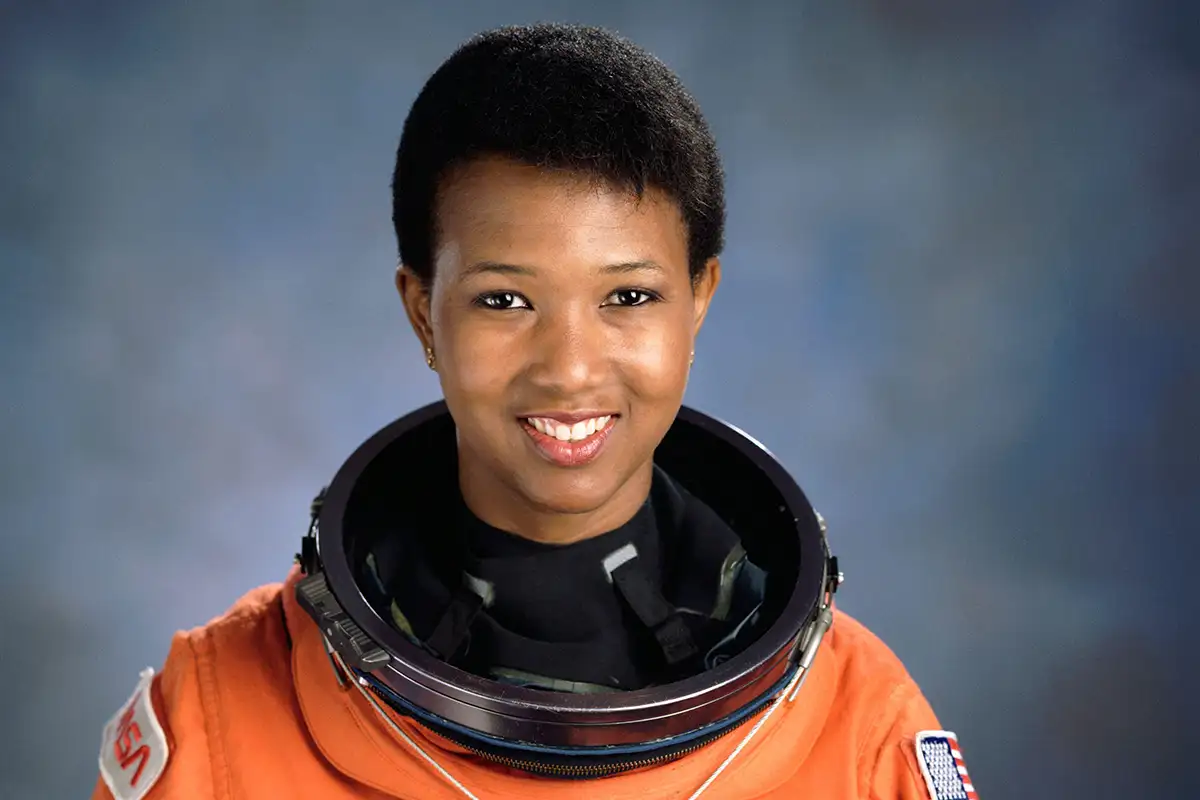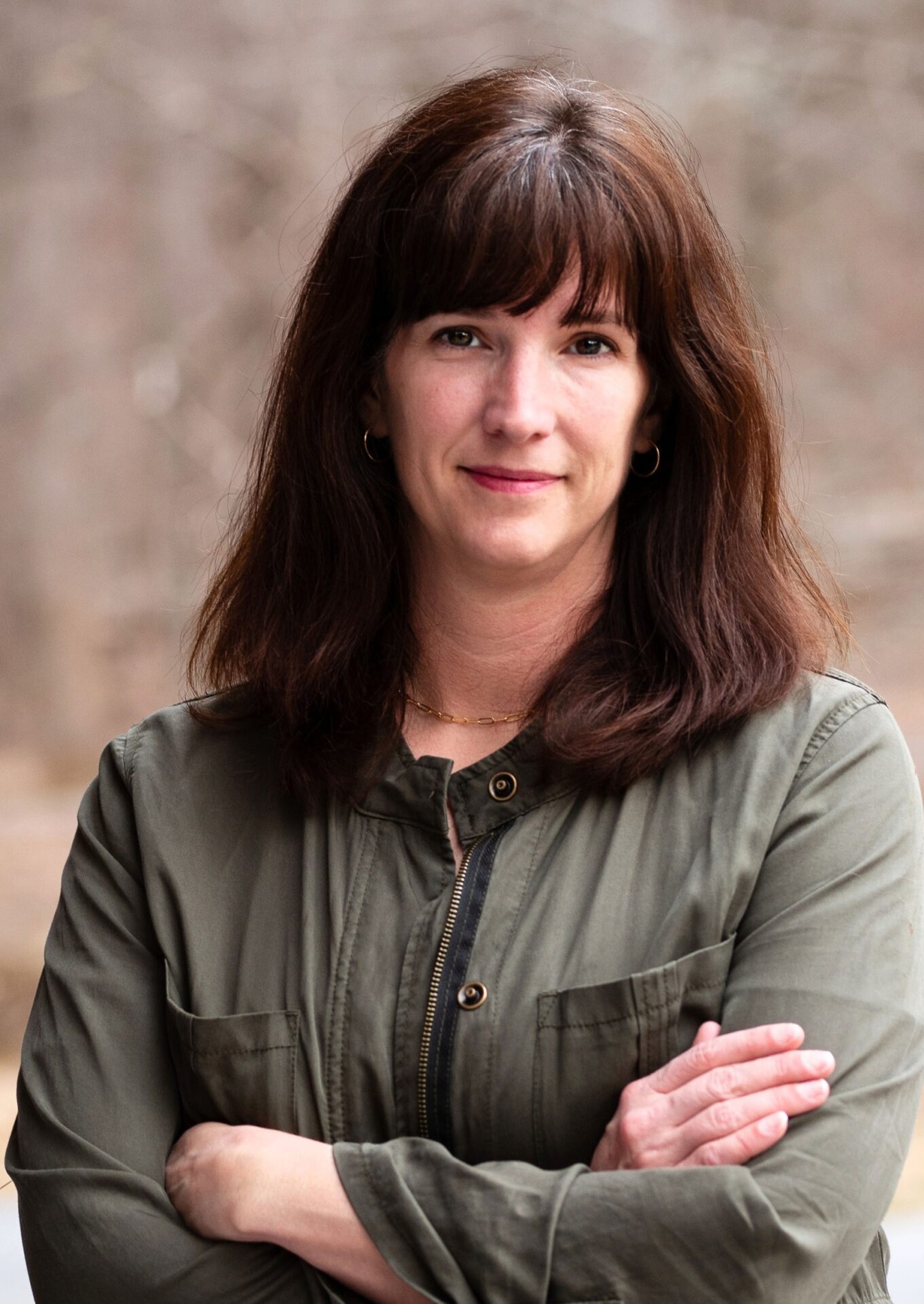What do you want to be when you grow up?
The age-old question that stumps the younger generation as they wonder what job would allow them to follow their interests and dreams. What role can they see themselves in? In the words of Marian Wright Edelman of the Children’s Defense Fund, “You can’t be what you can’t see.” Unfortunately, girls may have a harder time envisioning a future in STEM fields for a variety of reasons—one of which sticks out prominently.
Most girls and young women identify as creative and want to have an impactful job that helps the world. But relatively few see STEM careers to pursue these interests. Our understanding is evolving, however. Skills like problem solving and collaboration are critical assets for any individual in the STEM disciplines. But creativity in particular is being recognized as a core element to STEM success. By adding the “A” (the Arts) to STEM, we can infuse creativity throughout the S-T-E-M and create a new way to look at STEM disciplines that girls can connect with and fully enjoy. It will also spark girls’ curiosity and show them how they can use STEM skills in areas they may not have considered before. Most importantly, it will allow girls’ natural desire for personal expression and empathy to flourish in a career they didn’t know they could explore.

Watch on-demand our latest discussion with education leaders on STEAM Opportunities for Girls
Adding Confidence to Creativity
Creativity is a driving force of innovation. When combined with a confidence in one’s own creative abilities and learning capabilities, there’s no telling how far an ambitious young student can go. However, while some of our brightest girls have STEM abilities, they do not necessarily have the confidence to follow through on their goals. Researcher Carol Dweck from Stanford University found that “bright girls believe that their abilities are innate and unchangeable, while bright boys believe they can develop ability through effort and practice.”
A critical fostering of girls’ confidence in their abilities is rooted in their understanding that STEM skills aren’t just natural talent that you’re born with, they can be learned and cultivated. They need to know that “mistakes” are great because they allow our creativity to flourish and are part of the pathway to the right answer. Dweck has found that interventions to help girls understand how the brain works can help them reset their thinking, counteract stereotypes, and raise achievement in math or science. “Every time [girls] stretch out of their comfort zone, do hard things, stick to hard things, their brains form stronger and stronger connections and over time, their abilities can grow.”
What better way to strengthen their confidence in STEM than creating a learning environment that fosters their creativity and where they feel comfortable? The arts are a natural fit for girls and young women to enjoy every aspect of their learning experience because it is rooted in something in which they easily identify—creativity. This can greatly increase their confidence and opportunity to pursue a STEM career, especially one that they may not have recognized before.
But creative learning environments don’t have to be limited to just art classes. Here are just a few ideas of how to help your faculty and staff create interdisciplinary classrooms that foster creativity.
- Incorporate STEM concepts into the Arts curriculum and vice versa. For example, studying the physics of sound waves in music class or using art as a way to visual concepts in math class.
- Invite guest artists, experts, and professionals who can speak and demonstrate how STEAM careers can foster creativity.
- Allow teachers to assess student knowledge through creative methods like visual presentations, artwork, music, or performance. Not all assessments need to be pen + paper!
- Align the scientific method with design thinking to show how the two complement one another. Scientists can think creatively and artists can think scientifically.
- Invite art, science, math, and technology teachers to work together to create cross-curricular projects, challenges, and programs.
- Ensure that middle and high schools have technology and engineering options to show firsthand how science, math, and the arts can be applied together.
- Implement educational technology with the content and resources to support cross-curricular activities and technology applications, as well as career preparation in STEAM fields.
The combination of analytical and creative skills is a powerful thing. It results in a person who can present innovative new ideas and find a creative way to make those ideas a reality, especially if she is driven by a greater purpose to help others.


